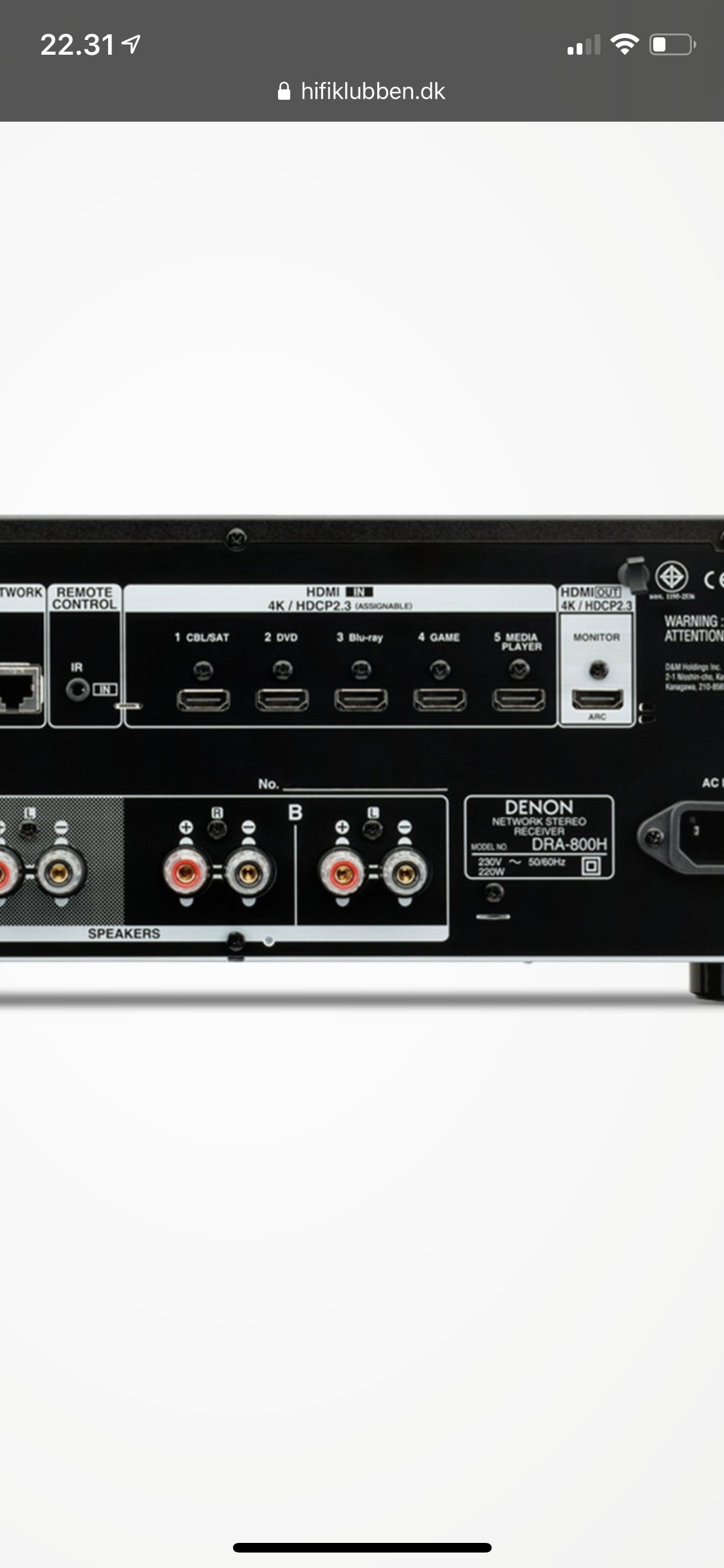Apologies is this is already in 1,000s of other posts but I have been unable to find it. I’m an old Sonos User (7 devices are going legacy soon, ugh!) -- I used the trade-up program to switch out one of my ZP-100s for a Sonos Amp and was pleased to see that the Amp has an HDMI input. I was hoping to be able to play audio from a Sony Short throw projector (an LSPX-P1 -- the ZP-100 of short-throw projectors). Alas, the LSPX-P1 has only a simple “HDMI out” port and not an “HDMI audio” or “HDMI ARC.” I assume I would need to get some device that would either split my HDMI into a ‘video’ and ‘ARC’ or some device that simply converts HDMI to ARC.
Looking at the message boards it looks like there are loads of people who need multiple splitters to hook up tons of devices -- for me it is much simpler but I’m still not sure which is the best route in order to get some audio for watching stuff on this projector.





